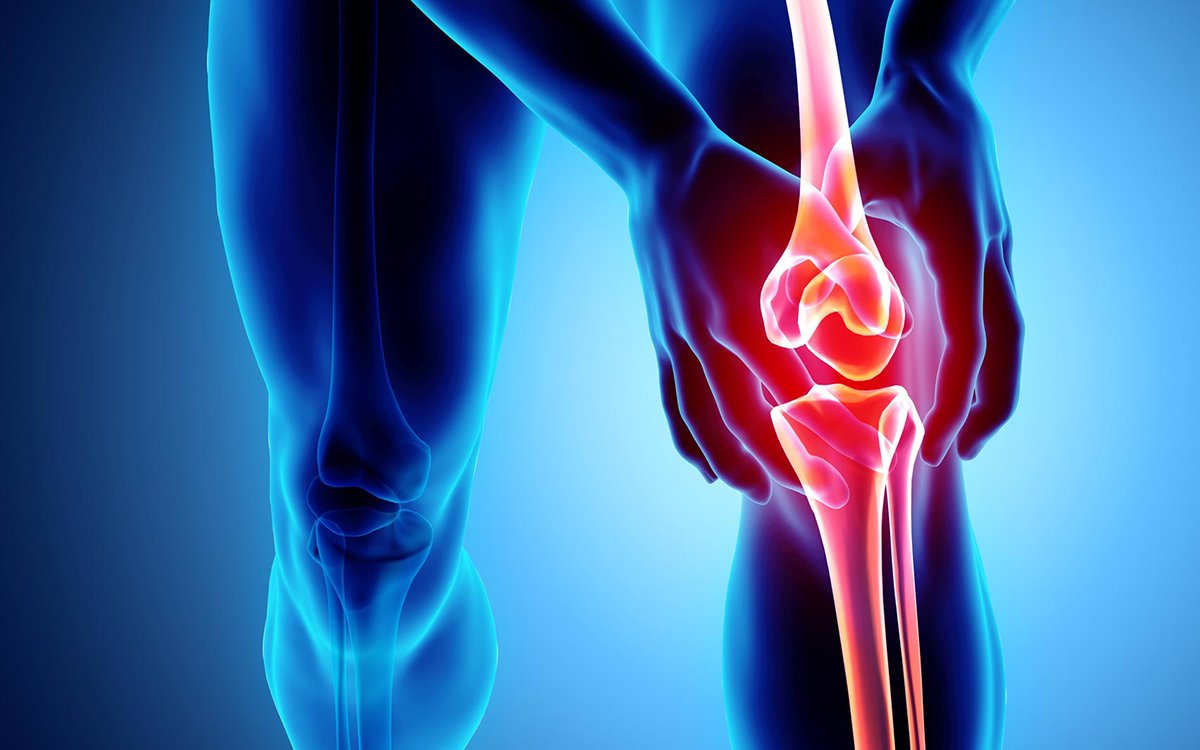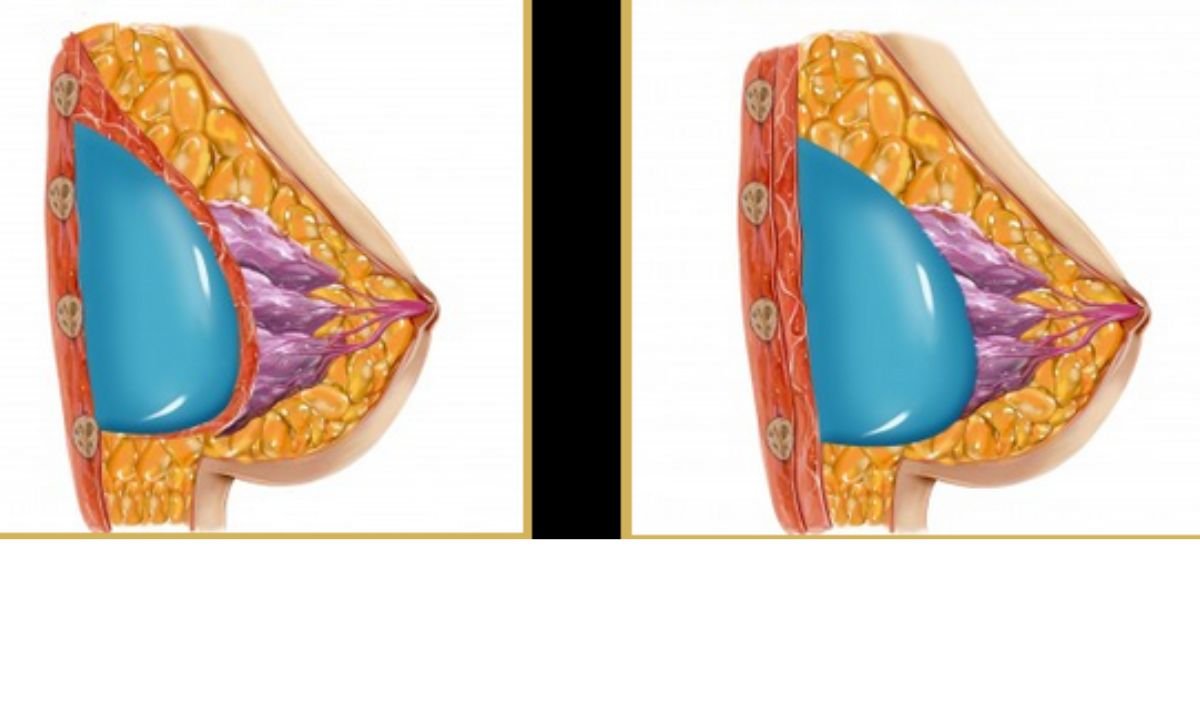Biomedical waste management is a critical topic that ensures the safe handling, treatment, and disposal of waste generated in healthcare and medical sectors. From hospitals to laboratories, the improper management of biomedical waste can lead to severe health and environmental risks. A detailed understanding of biomedical waste management is vital for healthcare professionals, waste management experts, and students. This article explores all aspects of biomedical waste management, including its types, sources, handling practices, regulations, and best practices, to help you develop a comprehensive idea.
Types of Biomedical Waste
Understanding the different types of biomedical waste is key to managing it effectively. Biomedical waste can be broadly categorized into several types based on its content and potential hazards:
- Infectious Waste
This type of waste includes materials containing pathogens or microorganisms that can cause diseases. Examples include contaminated gloves, bandages, swabs, and laboratory cultures.
- Pathological Waste
Pathological waste consists of human or animal tissue, organs, body parts, and fluids removed during surgery or autopsy.
- Sharps
Sharps are items capable of puncturing or cutting, such as needles, syringes, scalpels, and broken glass. If not managed properly, they can pose significant risks to healthcare workers.
- Pharmaceutical Waste
Unused, expired, or contaminated medications, vaccines, and drugs fall under pharmaceutical waste. Managing these wastes involves specific disposal methods to prevent environmental contamination.
- Cytotoxic Waste
Waste generated from drugs used in cancer treatment, including chemotherapy drugs and contaminated equipment.
- Chemical Waste
Waste containing harmful chemicals from diagnostic or cleaning activities, such as reagents, solvents, and disinfectants.
Understanding these types of biomedical waste can help in implementing proper segregation and management procedures.
Sources of Biomedical Waste
Biomedical waste originates from various sources. Identifying the primary contributors is essential for designing efficient disposal mechanisms. Some common sources include:
- Hospitals and Healthcare Facilities
These are the leading generators of biomedical waste, including waste from surgeries, patient care, and diagnostic services.
- Clinics and Doctor’s Offices
Smaller healthcare units also produce biomedical waste, particularly sharps and infectious materials.
- Laboratories and Research Centers
Experimentation and diagnostic testing contribute a significant amount of chemical, infectious, and pathological waste.
- Pharmaceutical Companies
Waste from drug production, packaging, and expired medications originates from these facilities.
- Veterinary Clinics
Waste generated from the treatment of animals includes pathological and infectious materials.
Each source plays a role in the generation of biomedical waste, making segregation and appropriate handling incredibly important.
Risks of Improper Management
The mismanagement of biomedical waste can have dire consequences for both human health and the environment. Here are the key risks involved:
- Health Hazards
Exposure to contaminated biomedical waste can spread infections, such as HIV, Hepatitis B, and Hepatitis C. Improper disposal of sharps and infectious waste puts healthcare workers, waste handlers, and the general public at risk.
- Environmental Impact
Improper disposal of biomedical waste, such as open burning and landfilling, leads to the release of toxic substances into the air, soil, and water. This can harm ecosystems and contribute to pollution.
- Antimicrobial Resistance (AMR)
Improper disposal of antibiotics contributes to AMR, where microorganisms develop resistance to drugs, posing challenges in treating infections.
Addressing these risks is crucial for protecting public health and minimizing environmental damage.
Proper Handling and Segregation

Effective handling and segregation practices ensure the safe management of biomedical waste. One widely adopted method involves using color-coded bins to separate different types of waste.
- Color-Coded Segregation
- Yellow Bin: Used for pathological and infectious waste, including human anatomical waste and contaminated materials.
- Red Bin: Designated for recyclable waste such as IV tubes, catheters, and syringes.
- Blue/White Bin: Used for sharps, including needles and broken glass.
- Black Bin: Meant for general, non-hazardous waste.
- Labeling
Every waste container should be clearly labeled to ensure proper handling by waste handlers and avoid cross-contamination.
- Training of Staff
Training healthcare staff to follow segregation protocols significantly improves the efficiency of waste management systems.
Treatment Methods
Various methods are utilized to treat biomedical waste to neutralize hazards before final disposal. Some of the most common methods include:
- Autoclaving
Autoclaving sterilizes biomedical waste using pressurized steam. It is commonly used for infectious waste and is a highly efficient method.
- Incineration
This method involves burning biomedical waste at high temperatures to reduce it to ash. While effective, it can release harmful gases if not properly managed.
- Chemical Disinfection
Chemicals are used to disinfect waste materials, making them safe for disposal. This method is widely used for liquid waste.
- Microwave Treatment
Microwave irradiation is employed to kill pathogens in biomedical waste through heat.
Each method has its advantages and is chosen based on the type of waste being treated.
Disposal Procedures
After treatment, biomedical waste must undergo proper disposal to prevent any remaining risks. Common disposal methods include:
- Landfilling
Deep and secure landfills are suitable for disposing of treated waste, ensuring minimal environmental impact.
- Deep Burial
Deep burial pits are used for disposing of anatomical waste in areas where incineration is not feasible.
Adhering to strict protocols during disposal is essential to minimize residual risks.
Regulations and Guidelines
Biomedical waste management is governed by several international and national regulations to ensure safety and compliance.
- World Health Organization (WHO)
The WHO provides international guidelines for the safe management of healthcare waste to reduce health and environmental risks.
- National and Local Regulations
Each country implements its own set of biomedical waste management rules, such as the Biomedical Waste Management Rules in India. These guidelines stipulate protocols for waste segregation, treatment, and disposal.
Compliance with these guidelines ensures efficient and accountable waste management.
Best Practices for Healthcare Facilities
For healthcare facilities, adopting best practices improves the overall management of biomedical waste. Some recommendations include:
- Training Programs
Conduct regular training sessions for staff to ensure they understand waste segregation, handling, and disposal protocols.
- Regular Monitoring
Implement monitoring systems to track waste generation, segregation, and disposal.
- Partner with Authorized Agencies
Work with government-approved waste management agencies for secure treatment and disposal.
By following these practices, healthcare facilities can enhance efficiency while ensuring safety and compliance.
Ensuring a Safer Future with Biomedical Waste Management
Proper biomedical waste management is essential for safeguarding public health and protecting the environment. With appropriate methods for segregation, treatment, and disposal, and through adherence to regulations, the risks associated with biomedical waste can be significantly minimized. Looking forward, innovations in waste treatment technologies and stricter enforcement of guidelines can further improve waste management systems.
YOU MAY ALSO LIKE
Magque: Unlocking Your Inner Radiance – Beyond Makeup and Mirrors
Conclusion
Effective biomedical waste management is not just a regulatory necessity but a moral responsibility toward society and the environment. By prioritizing sustainable practices and fostering innovation, we can ensure a healthier future for current and coming generations. Collaboration between policymakers, healthcare institutions, and waste management professionals is key to addressing the challenges and achieving long-term success in managing biomedical waste safely and efficiently.
By educating and empowering healthcare workers, waste management professionals, and students, we can ensure a safer and healthier world.
FAQs
1. What is biomedical waste?
Biomedical waste includes waste generated during the diagnosis, treatment, immunization of humans or animals, or research activities involving biologicals.
2. Why is segregation of biomedical waste important?
Segregation helps separate hazardous waste from non-hazardous waste, reducing risks to human health and facilitating efficient disposal.
3. What are the color codes used for biomedical waste segregation?
- Yellow Bin: Pathological and infectious waste
- Red Bin: Recyclable waste
- Blue/White Bin: Sharps
- Black Bin: General waste
4. What are some common treatment methods for biomedical waste?
Treatment methods include autoclaving, incineration, chemical disinfection, and microwave treatment, each designed to neutralize hazards.
5. How does improper biomedical waste management affect the environment?
Improper disposal can release toxins into the air, soil, and water, leading to pollution and harm to ecosystems.











